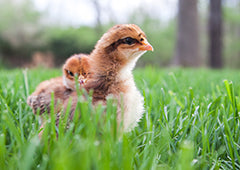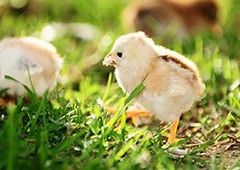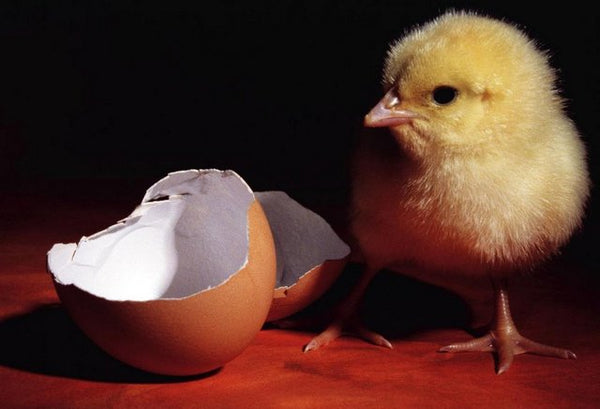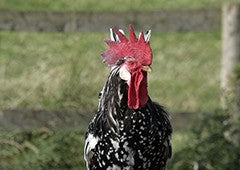Diary Entry 1 – 11/09/2014 – Setting Up The Incubator & Day One
Welcome to our Backyard Chicken Coops hatch-a-long! We are so excited to be hatching our own chickens right here in our office.
We’ll be writing diaries every day to document the process and share it with our fellow chicken lovers, so you can see what we’re doing and share your own hatching experiences with us.
Before we set up the incubator we picked up some fertile eggs from a breeder near us. We put the eggs in 3 days after we bought them, but our breeder said the fertile eggs would last 7 days outside of the incubator. We’re super excited to be hatching baby Silkies!
So, without further ado, here’s our first diary entry on setting up, and day one of incubation.
1. The day before
We’ve put the incubator on a table in a normal four-walled room, away from any open windows so the temperature doesn’t fluctuate excessively.
We decided to place the incubator on a sturdy table, so we can easily access it whilst standing. Before we assembled it, we put bit of water into the grooves on the bottom of the incubator – essential to regulate the humidity inside.
Then we placed the white grid on the bottom of the incubator, and the yellow egg-holding layer on top of that, with the power plug at the front.
Putting the incubator together...
We flicked it on, set the temperature to 37.5 and adjusted the water level until the humidity was at approximately 55% by adding and subtracting water.
Introducing – the Backyard Chicken Coops incubator!
Then we left the incubator to run turned on overnight.
2. Day One
After running the incubators overnight, we put the fertile eggs in at approximately 10am this morning. How egg-citing!
The incubator can hold up to 48 eggs – we've only got 6 in this one, so there’s plenty of room!
We also made ourselves a cheat sheet that has important information for us to remember – what temperature and humidity the incubator should be at, when the eggs should be turned and when we should egg-spect our new babies to hatch!
We’ve found so far that the temperature and humidity tends to fluctuate very slightly, going up and down by around 0.2 degrees, which is fine. So far so good!
Starting off, the humidity was a little on the high side, sitting at around 60%. So we lifted the lid on the incubator for a few seconds, until it decreased. The humidity has now regulated, sitting on a perfect 55%.
Lifting the lid up to reduce the humidity
Our incubator automatically turns the egg for us 3 times a day, so we don’t have to worry about manually doing it. The incubator we’ve got lets us know when the next full revolution of egg turning will occur – it’s currently sitting on 1 hour to go.
Our eggs are currently sitting on the right humidity and temperature, we’re going to just let them keep on incubating! Keep an eye out for our second post.
Time flies from hatchings to hens and your family will want to make the most of those special weeks! You're also going to want to make sure that you've got the best knowledge you need to raise a happy, healthy flock. You wouldn't want to risk making tragic mistakes that could impact their development, growth or worse!
67% of chicken keepers surveyed experienced a chicken health or behaviour issue in the first 12 months that they didn’t know how to handle. This is why I highly recommend that you check out our friends at Chickenpedia. Their Raising Baby Chicks course provides lots of valuable information to help you avoid any life-threatening accident. You'll have all the confidence to give your feathered friends the best start in life.
Get access to all of the best chicken keeping courses at Chickenpedia!






















